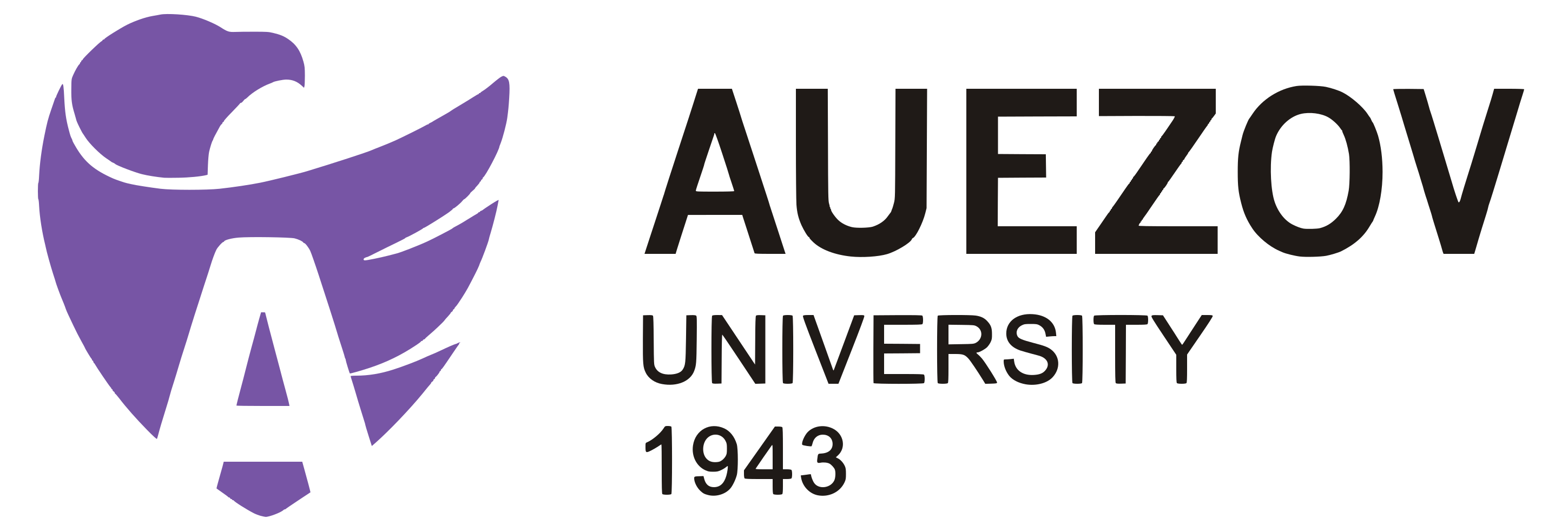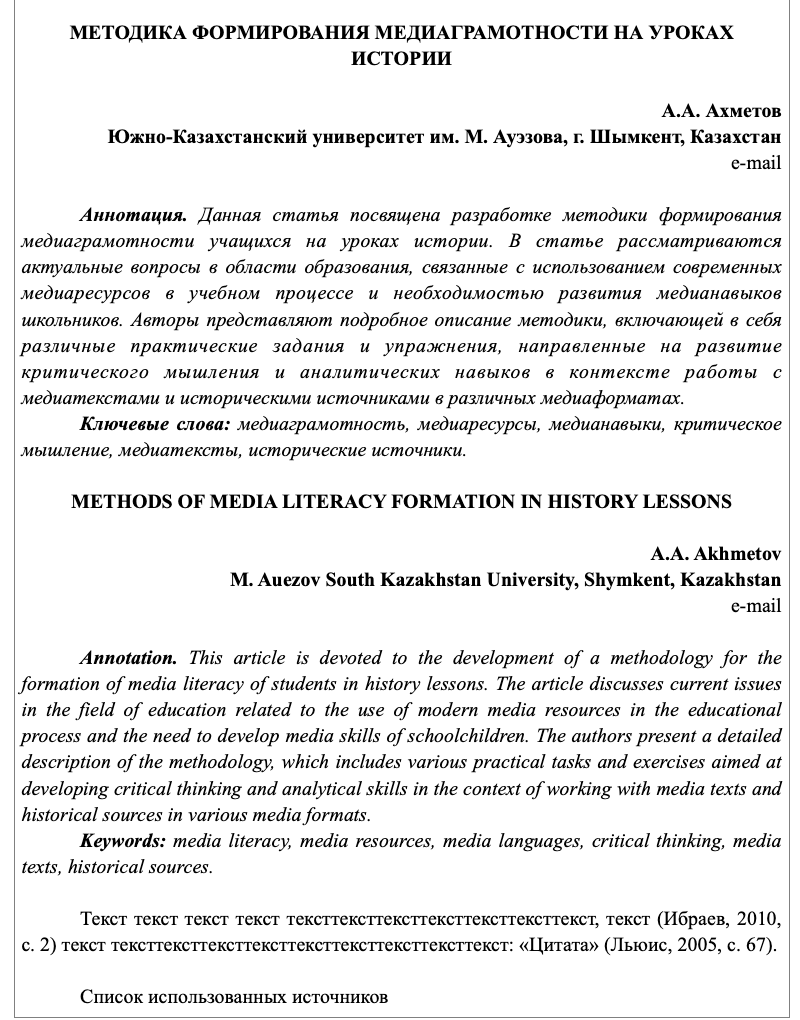COLLECTION
of conference materials
Main directions of the conference:
1. Media discourse as an object of transdisciplinary research in Kazakhstan and abroad
2. Language and style of the media, media rhetoric.
3. Internet communication: language worlds of online space
4. Media manipulation: techniques and methods of information influence
5. Media literacy and critical thinking.
6. Educational potential of media texts.
The conference will include a round table “Implementation of media literacy in the content of secondary and higher education” with a discussion of issues of media culture and media education, school and university media educational practices.
1
The purpose of the conference
create a platform for dialogue between interested parties on the problems of theory and practice of media linguistics, presentation (or discussion) of the results of research into modern mass media discourse, information space and related aspects of media education.
2
Conference participants
representatives of the scientific community, representatives of the pedagogical community at all levels, representatives of public, political organizations, the media industry, doctoral and master’s students, all interested parties and industry organizations.
3
conference format
Form of participation: full-time and part-time (remote).
Working languages: Kazakh, Russian, English.
I'll show you how
Participation in the conference is free.
South Kazakhstan University named after. M. Auezova,
Dresden Technical University
The conference was organized within the framework of the project AR19679821
“Development of a methodology for recognizing media manipulation and promoting media
literacy in the information space of Kazakhstan.”
To participate in the conference, you must send by email to conf_media_24@mail.ru before September 10, 2024:
1) Application for participation in the conference in the form (see below);
2) The text of a scientific article, formatted according to the requirements specified below.
The application and article in text format are sent in two files with the file names “Last Name_Application” and “Last Name_Article”.
The reports will be published in the collection of conference materials in electronic format. Materials with a percentage of originality of at least 80% are accepted for publication.
The organizing committee reserves the right to reject materials that do not meet the theme of the conference, scientific standards or technical requirements. The organizing committee does not intend to edit the text of publications. The author is responsible for compliance with scientific and research ethics on the presented material.
1) The text of the report of no more than 6 pages in the MS WORD editor (6.0 or 7.0). The total volume includes illustrations, appendices and a list of sources. The file is given a name: for example, “Full name of the author (last name and initials) _application” and “Full name of the author (last name and initials) _article”;
2) Font – Times New Roman; size 14; line spacing – single, margins: left – 3 cm, rest – 2 cm. Paragraph indentation is set automatically (red line 1.25 cm). It should not be formatted with multiple spaces and tabs. Pages are not numbered;
3) At the top of the page – the title of the report is given in capital letters (in bold), below it, separated by a space – initials, surname, place of work, city, country; e-mail;
4) Abstract in Kazakh / Russian and English in italics (at least 100 words);
5) Key words in Kazakh / Russian and English (no more than 7);
6) The list of sources should be presented at the end of the article in alphabetical order in Kazakh / Russian and English.
— References are in parentheses: (Tenier, 1968, pp. 43–45). If there are several sources in the reference, they are given in parentheses, separated by a semicolon: (Tenier, 1968; Greimas, 1976).
— Illustrations (high-quality black-and-white drawings and clear photographs with an extension of at least 300 dpi) are provided as separate files (.jpg or .tif), the name of which indicates the author’s surname and the number of the drawing. In the text of the article, in the place where the author plans to place the illustration, an inscription is given that should contain:
– Type (“Fig.”, “Table”, etc.) and serial number in Arabic numerals (without the No. sign);
– Title of the illustration;
– For maps and drawings – an explanation that explains the symbols and scale.
In the text, references to illustrations and applications are given in parentheses: (Fig. 2), (see Appendix 1). If the article has appendices, they should be numbered and titled. At the end of the application, the source details must be indicated. If there are abbreviations in the text or list of sources and literature, they must be deciphered in a special list of abbreviations at the end of the article.
Last name, first name, patronymic (in full) of the author(s) | |
Title of the report | |
Direction (full) | |
Academic degree, academic title | |
Country, city | |
Represented organization (in full) | |
Position (in full) | |
Form of participation in the conference (in person/remote) | |
Email, phone number |
Contact details:
e-mail: conf_media_24@mail.ru
medialiteracy.kz
Тел.: +7 702 762 32 55
Khussainova Gulmira Zhangaliyevna
Please pay attention!
The Organizing Committee does not make hotel reservations for conference participants.
The sending party pays expenses associated with participation in the conference (travel, accommodation, meals).
For conference participants, a bus tour of memorable, unique places in Shymkent and its environs is provided.

